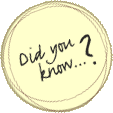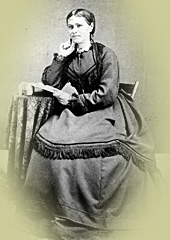 |
Arrival of Strangers - The Last 500 YearsEarly RelationsPopulation and IdentityThrough Aboriginal families' adoption of Europeans, and through marriage, European and Aboriginal populations became permanently linked. Every Aboriginal language has a term for people of mixed ancestry. Some children born to European men and Aboriginal women were considered Aboriginal. Others considered themselves European, or simply of dual ancestry. Still others came to identify themselves as a separate people, the Métis. Not all people of mixed ancestry are Métis.
Over time, Aboriginal-European political relationships changed dramatically. Because Europeans had a poor understanding of Aboriginal group names, they ignored or modified these names in official discussions. The generic term, "Indian," came into use. As Aboriginal territories were mapped, Europeans defined Aboriginal societies as groups based on common languages and cultural practices. Aboriginal people's ancient kinship groups and alliances, which were the foundation of centuries of political interaction, thus became less visible. | ||
